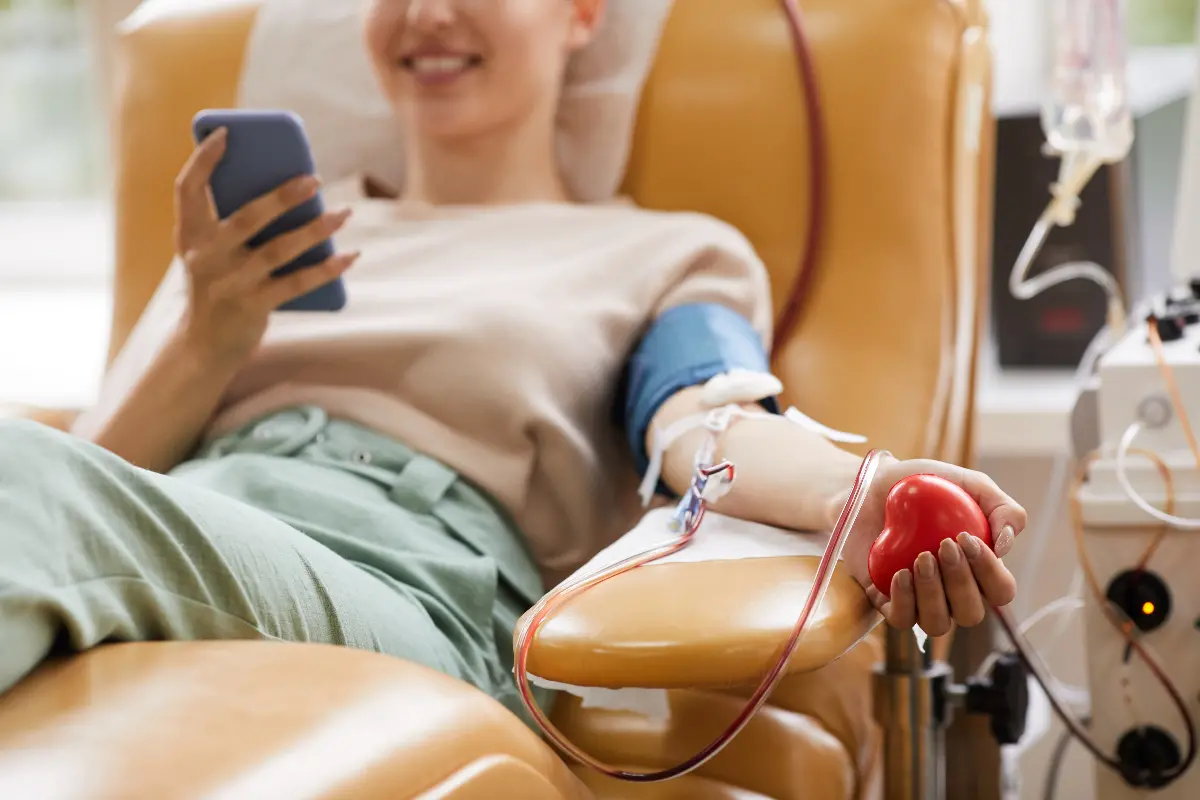Blood transfusions are a critical medical procedure that can mean the difference between life and death for patients who have lost a significant amount of blood, are suffering from certain diseases, or are undergoing surgery. However, the complexity of blood types and the immune system means that not all blood is compatible between different individuals, making the matching of blood types a fascinating and vital aspect of this life-saving medical intervention.

Our blood is more than just a red liquid—it contains red cells, white cells, plasma, and platelets, each playing a unique role in the body's functioning and defense. Red cells carry oxygen, white cells fend off infections, plasma carries nutrients, and platelets help with clotting. But when it comes to blood transfusions, the focus is predominantly on the ABO blood group system and the Rh factor, which determine an individual's blood type and compatibility.
The ABO system categorises blood types into four main groups: A, B, AB, and O, each of which can be positive or negative, depending on the presence of the Rh factor. For example, if you have type A blood with the Rh factor present, your blood type is A positive (A+). If the Rh factor is absent, you have A-negative (A-) blood. The crux of the matter is that people with blood type O negative (O-) are universal donors and can give blood to any other type, while those with type AB positive (AB+) are known as universal recipients, meaning they can receive blood from any other type.
When a transfusion is needed, it's critical to match the donor's blood type with the recipient's. If not properly matched, the recipient's immune system may recognise the donor blood as foreign and mount a dangerous immune response. For instance, if someone with type A blood is accidentally given type B blood, their body's immune system will attack the donated blood cells, potentially leading to severe complications.
Cross-matching is a laboratory test performed pre-transfusion to ensure compatibility. It minimizes the risk of acute hemolytic transfusion reactions, where the recipient's body attacks and destroys the donor blood cells. This process involves mixing a small sample of the recipient's blood with the donor's blood to detect any adverse reactions. In emergency situations where there isn't time for cross-matching, type O negative blood can be used, as it's likely to be accepted by any recipient's body without a significant immune response.
The Rh factor adds another layer of complexity to blood transfusions. If an Rh-negative individual receives Rh-positive blood, they may develop anti-Rh antibodies, which can be particularly dangerous for Rh-negative women who are pregnant with Rh-positive babies, leading to a condition called haemolytic disease of the newborn. Because of this, Rh-negative patients are typically only given Rh-negative blood to avoid the development of these antibodies.

Scientific advancements have also introduced new factors into the equation of blood transfusions. For example, leukoreduced blood products have white blood cells removed to minimise the risk of certain complications. Additionally, innovations like blood typing and pathogen reduction technologies continue to enhance the safety and efficacy of blood transfusions. Blood substitutes and volume expanders can also provide alternatives in situations where compatible human blood isn't available, although these are typically used in specific circumstances and research continues to evaluate their safety and effectiveness.
The process of blood transfusion has evolved considerably since its early experimental days. Ensuring that only blood from an appropriate, and therefore compatible, donor is transfused into a recipient is a meticulously regulated process, safeguarded by rigorous testing and protocols. This is not just a matter of matching blood types but also involves assessing the patient's condition and history to identify the most suitable blood product—whether red cells, whole blood, platelets, or plasma—and the safest administration method.
Ultimately, modern blood transfusions are a testament to the marvels of medical science and the intricacies of the human body. They exemplify how our understanding of blood types and the immune system's workings has culminated in a procedure that saves millions of lives each year. The simple act of donating blood, with all its underlying complexity, stands as one of the most generous and impactful contributions an individual can make to the health and well-being of others. As research and technology continue to advance, the safety and applications of blood transfusion can only be expected to improve, ensuring that this life-sustaining resource continues to serve humanity in increasingly efficient and effective ways.
